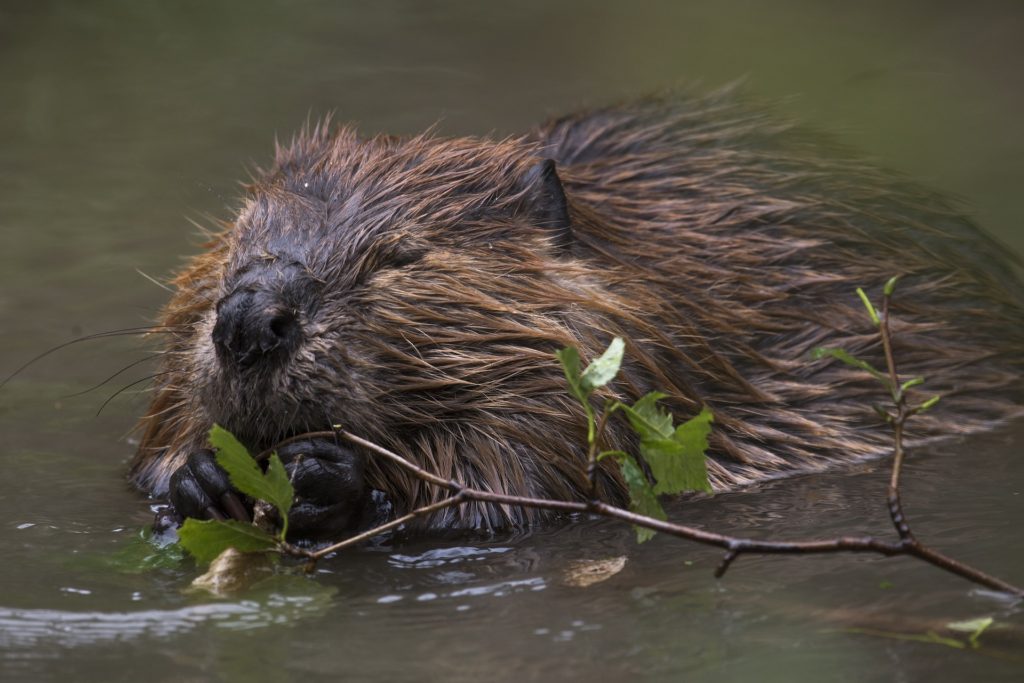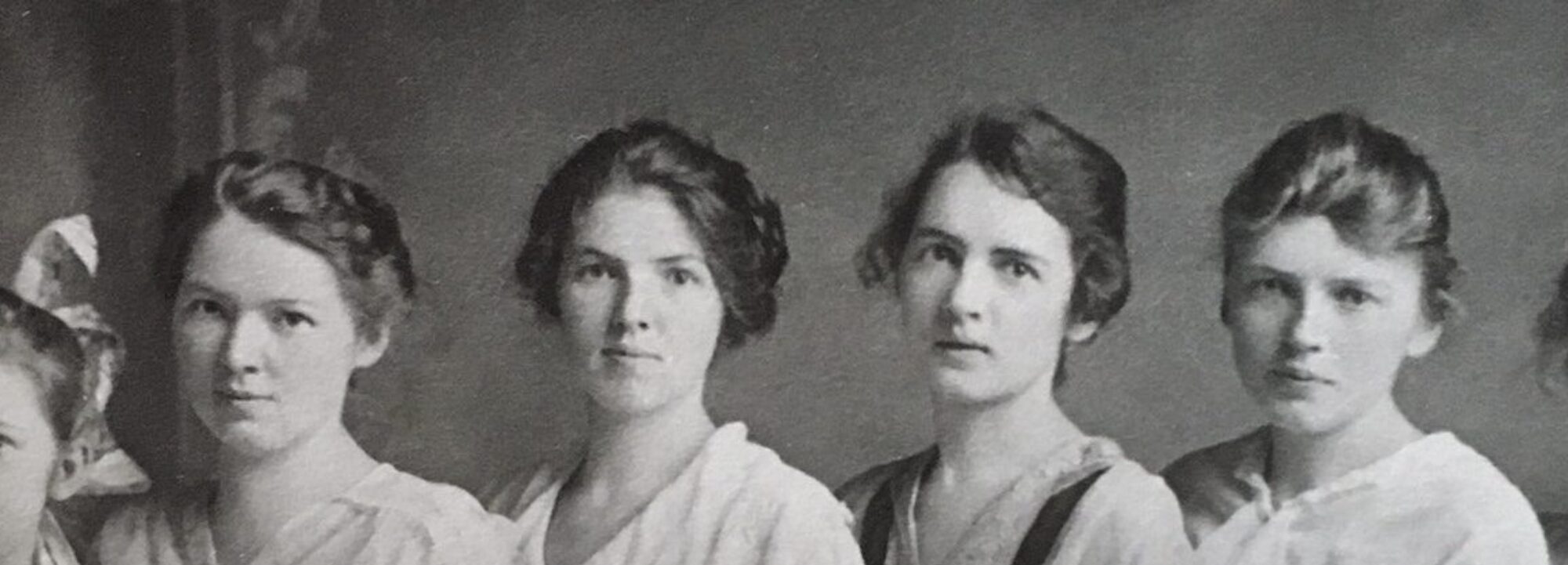
A few weeks ago, when the late winter temperature climbed to a breezy sixty, a post appeared on my Facebook feed. Traffic had stopped for a pair of beavers who were casually crossing a major street, heading towards the mill pond, just a block from our little downtown. This makes me smile.
A few years ago, I scoffed at a news story about a kayaker being attacked by a beaver. Seriously? Couldn’t the guy just slap his paddle on the water to frighten it? We often see them on the river up north, and their industry and hard work is evidenced by the sticks and logs felled by their gnawing. But I gained some new respect for their size last summer as we watched one swim past the pontoon, glide towards the shore, and climb from the water. It was huge—like a good-sized Labrador Retriever. It glared at us and began snacking on the reeds in the sand. Suddenly, I was glad I wasn’t in a kayak near this incredible hulk!
According to the National Geographic’s website, beaver colonies are present in nearly all areas of the country, mate for life, and can weigh sixty pounds. Beaver parents produce two to four kits annually and nurture them for two years. And my favorite fun fact: the early Native Americans described them as “playful and affable.” How lovely: good natured beavers.
The Wonderful World of Disney, appearing every Sunday night of our childhood, occasionally featured engaging documentaries of animal life: black bears, racoons, and wolves entertained and educated us. We watched a fascinating hour about beavers, complete with underwater shots of the tunnels into their lodge, the sounds of their communication, and the images of their family life within the twiggy mound

I have never seen one around the village, but perhaps I’ve never really looked. Is this current couple leaving the damp and darkness of their winter lodge to begin early construction on their summer place? More likely they are newlyweds, fresh from honeymooning in their parents’ adjoining apartment, ready to setup housekeeping. Are they eager to greet their first brood of young? Do they study chapters of their parenting books? How to sooth a fussy kit. How to encourage bark sharing. How to introduce fibrous food. And I can just imagine the young pair sending their first brood off to their neighborhood school to attend classes so important for their survival. With only two years to adulthood and independence, their coursework would be intense: alarm sounding and the proper slap of the tail; establishing life-long tooth care and sharpening; lodge and dam design and maintenance.
I’ve been watching for the duo on my many drives around the village and lake. I suspect they have settled comfortably in the wetlands near the mill project. Perhaps they are enjoying some fresh air and early spring sun as their young splash and dive around their new home place.
I wish them well.
It’s a Fine Life
by Kathleen Oswalt-Forsythe ©March 20, 2020
